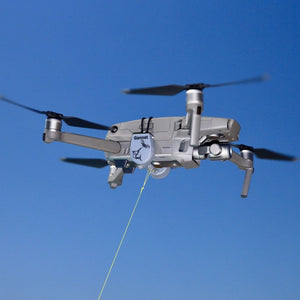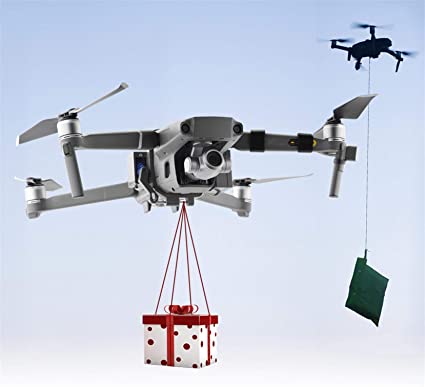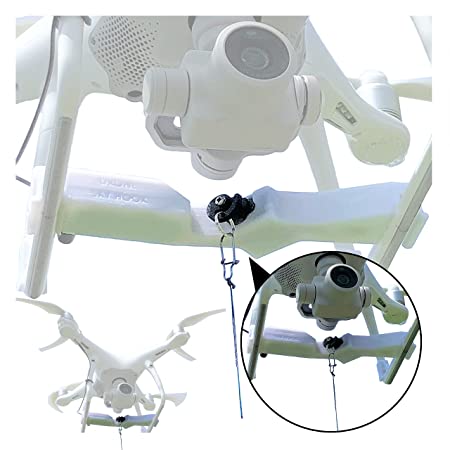
It is important to know the rules and regulations when you use a drone for fishing. Here are some videos that will show you how to fly a drone and catch fish. Read our article about drone ethics if you have any questions. Here, we'll go over a few of the ethical concerns that surround the use of drones for fishing. Also, don't miss our drone fishing gear guide.
Regulations applicable to drone fishing
While watching a video of drone fishing for tuna on YouTube, you may wonder what the regulations are. There are several reasons to follow local laws, but in the end, the main concern is safety. In order to safeguard both you and your fish's lives, it is crucial to ensure that the right laws are followed. In this article we will cover some of the most important rules and make sure you follow them. And don't forget to follow the rules of the International Game Fish Association.
Drones can't be flown over public areas, such as stadiums or sporting events. They are not allowed to carry weapons or operate within half a mile from sporting events. Drone operators must also be able to view their aerial equipment at any time. Drones cannot fly over public buildings, stadiums, or critical infrastructure. You can check with your local law enforcement agency to learn more about drone fishing rules.

Although many states have already passed laws governing drone use, others are yet to do so. For example, Illinois has recently enacted SB 2167. The bill prohibits the use of drones in state parks without permission. It also sets forth privacy rights and outlines what rules are required for commercial and recreational drone operators. It also prohibits drones interference with hunters and other wildlife. These new laws are expected be finalized within a few years.
Drone fishing raises ethical concerns
Drone fishing is not without controversy. Some companies sell underwater drones that are able to fish for fish. The video content of these drones often contains the actual fishing process, which is remarkably similar to casting a line to a fish. However, the process for removing fish from the water can be quite different. Those who are ethically concerned about this type of fishing may want to look elsewhere for their entertainment.
Although drones are a great way to fish, some argue that they could be cheating the fishermen. Fishing has not changed much over the centuries, but using drones to catch fish might change that and decrease the thrill of the chase. A drone's use can pose problems for conservation. Here are some of the ethical concerns that you should consider before you decide to use a drone for fishing.

Drone fishing is not the best choice. Drone fishing may cause damage to the environment or overfish endangered species. While some states may allow the use of drones in recreational fishing, many do not. Drone fishing has its limitations. They must be very expensive. Drones that are cheap might not have the GPS functionality, lifting capacity or control range required. Second, drone fishing can lead to loss of fish if line tangles occur. Third, piloting can pose problems.
FAQ
Is Drones Prohibited?
The FAA has banned drones in areas near airports and stadiums. However, they do allow them to fly at night using GPS technology.
What kind batteries does a drone need?
Lithium-ion batteries are the most common type of battery for drones. A typical drone consumes between 3 and 6.
Can my drone be flown around my neighbourhood?
Yes! These are called UAVs (unmanned aircraft vehicles). There are several types of drones available for sale today, from small quadcopters to large fixed-wing aircraft. The FAA has recently issued new rules regarding the commercial use of UAVs, which means you can now legally fly them for business purposes. Be aware that UAVs operating near airports could cause interference to air traffic control systems. You must get permission from the authorities before you can fly one.
Is drone regulation regulated by the FAA
The FAA is responsible for all aspects of drone operation, including certification requirements, safety standards, and licensing procedures.
Statistics
- According to industry research from ZipRecruiter , there are 10 cities where the typical salary for a Drone Pilot job is above the national average. (dronesgator.com)
- According to the multiple listing service (MLS), houses and apartments with drone photographs are up to 68 percent more likely to sell than those without pictures. (thedroneu.com)
- According to Indeed, a drone pilot gets paid $25.73 per hour on average in the US. (dronesgator.com)
External Links
How To
How To Fly Drones For Beginners
A drone is an unmanned aerial vehicle that can be remotely controlled and used for surveillance, aerial photography, film production, research, and other hobby purposes. Drones have been in use since World War II. DJI's Phantom series quadcopters were first commercially available in 2010. There have been many types of drones since then, including beginner-friendly drones like the Parrot AR Drone 2.0 and professional-grade multi-rotor crafts like the DJI Mavic Pro.
There are several ways to fly a drone, including;
-
Remote control – This technique uses a control device attached directly to your hands that allows you steer the drone around its flight path. There are two main types, On/Off switches (like radios) and joysticks.
-
Manual Control - Using a smartphone app, this method allows users to remotely operate the drone via GPS coordinates. You must keep track of the location where you want the drone to go and follow the instructions from the app.
-
Autonomous Flight - This method involves leaving the piloting duties to the drone itself. The drone is able to fly autonomously, without the need for human intervention. The drone must be equipped with a camera and sensors that can capture images and data in order to fly autonomously.
-
Triggered Flight – This method is very similar to manual flight. The pilot creates a route that the drone will follow until it reaches the destination. Once the programmed route has been completed, the drone returns to the base automatically.
-
Landing Gear: Some drones have landing gear that allows them safely to land in case they lose power or run low on battery.
-
Goggles - Some pilots wear goggles to protect themselves from debris while operating.
-
Camera - Some drones are equipped with cameras allowing you to capture photos and videos from above.
-
Obstacles-Some drones come with obstacle avoidance devices that keep them from hitting obstructions.
-
Speed – Some drones can reach speeds in excess of 40 mph.
-
Battery Life - Most drones are capable of lasting between 20 minutes and three hours, depending on the power that you use.
-
Range - Depending on the model, some drones can travel up to 30 miles away.
-
Power source - Some drones require an external power source; others work off internal batteries.
-
Weight - Some drones weigh less than 1 pound, whereas other models weigh up to 4 pounds.
-
Size - Drones come in many sizes, from small gadgets that fit in one's hands to large craft that weigh more than 50 lbs.
-
Price - From high-end models that cost thousands of dollars to low-cost options that start at $100, all drones fall under a certain price category.